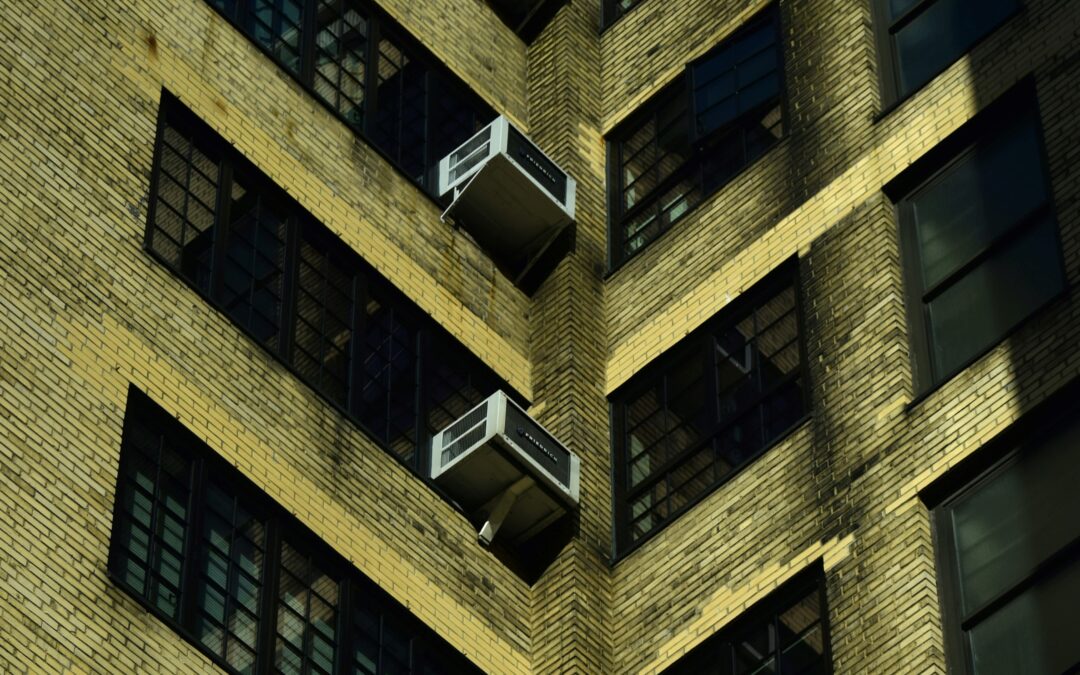Decades of research show an energy efficient home is more likely to be a healthier home and a safer home in terms of “passive survivability” — a building’s ability to maintain critical conditions in the event of extended loss of power, heating fuel, or water.
Inefficiency does more than waste energy. It penalizes the more than 50 million Americans in low-income households with financial burdens, because many of these households spend roughly 9% of their income on energy bills. The pandemic has also increased the number of families experiencing financial hardship.
This energy burden can be as high as 30% of their income, while non-low-income households typically spend on average just 3%. Inefficient homes are expensive to heat and cool, placing residents at risk of thermal discomfort and illness. They can also create conditions that are ripe for moisture, mold, and pests, potentially exacerbating chronic health issues such as asthma, especially for children.
Who is At Highest Risk?
The potential for heat-related illness caused by energy inefficiencies is high in the Southeast, where the high number of hot and humid days requires near-constant use of energy-intensive air conditioning during summer months. Use of AC eats up more than a quarter of all energy costs in the hottest parts of the region. Although the Southeast has some of the lowest electricity rates in the contiguous United States, it has the highest monthly bills.
It’s worth noting that as weather patterns shift with climate change, buildings across the nation need to be properly sealed, insulated, and weatherized. Regions normally temperate throughout the summer are seeing record-setting temperatures as recently occurred in the Pacific Northwest.
With summers getting hotter across the country, millions of low-income households struggle to keep their residences at a safe temperature, because they live in old, leaky homes that are hardest to keep cool. Many were built prior to city or state building code standards. An estimated five million households in the South (11% of homes in the region) leave their home at an unhealthy temperature because of the cost, while 10.8 million (24% of Southern homes) have had to cut back on food and/or medicine to pay their energy bills. A bleak 3.9 million households (9% of Southern homes) lack access to operable cooling equipment.
According to research by Indiana University, between April and May 2020, 34.5% of U.S. Black and Hispanic households experienced a utility shut off, compared to 8.9% of Caucasian households. Responding to economic pressures on families because of the coronavirus pandemic, several public utility commissions have issued temporary holds on utility shut-offs. However, more than 800,000 households may have recently experienced disconnections, according to that same report.
Customers who cannot pay their bills – an estimated one of every three households – can be subjected to power shutoffs even in dangerously hot weather. Aside from utility commission activity due to the pandemic, only two state-level public service commissions in the South – and only 10 in the entire nation – prevent utility shutoffs during periods of extreme heat. Federal bill payment and weatherization programs intended as safety nets are chronically underfunded, reaching only 20% of eligible households.
This cycle will only continue if we do not improve the conditions and inefficiency of our homes and buildings. Old, inefficient homes waste more energy, thus pumping more greenhouse gas (GHG) emissions into the air and contributing to climate change. Early this summer, Texas grid operator, ERCOT, asked residents to conserve energy by keeping their thermostats in the 80’s, fearing that demand could exceed generation capacity. Approximately half of summer peak electricity demand is from residential air conditioning.
How Can Efficiency Help?
Energy efficiency is an important tool for improving grid performance and reducing load/demand on the grid. It is also connected to global health. Building efficiency can help prevent heat-related illness and death by providing affordable access to reliable cooling. Measures like air sealing, adding insulation, and updating windows improve the building exterior, reducing work for air conditioning systems. Cutting waste in America’s homes will also lower the sizeable climate footprint of running air conditioners, by requiring less electricity to maintain cool temperatures.
Energy efficiency is often the first step and a smart solution for low income households to live more comfortable and healthy lives. Here are ways communities are helping:
Preventing heat-related illness requires robust federal support for the critically underfunded Low-Income Home Energy Assistance Program (LIHEAP), which provides low-income households with short-term bill payment assistance. It funds federal, state, and utility weatherization programs that finance energy efficiency upgrades for households that otherwise could not afford them.
Innovative tariff-on-bill financing models have been successful in supporting efficiency retrofits for low-income consumers, even renters. Contact your local utility to ask about the status of efficiency programs in your service area.
Finally, updating and improving existing building energy codes will ensure that all new housing is built to minimum acceptable standards for affordability, health, and safety.
Be Resilient, Now More Than Ever.
Energy efficiency can play a key role in making American communities more resilient in the face of increasing temperatures and more extreme natural disasters. Resilience is only possible when the communities who are most at risk benefit first. We must rethink how we allocate energy efficiency resources, funds, and programs.
Join us this Energy Efficiency Day on October 6, 2021, to celebrate energy efficiency. Sign up as a supporter or ask your elected officials to issue a proclamation.


Recent Comments